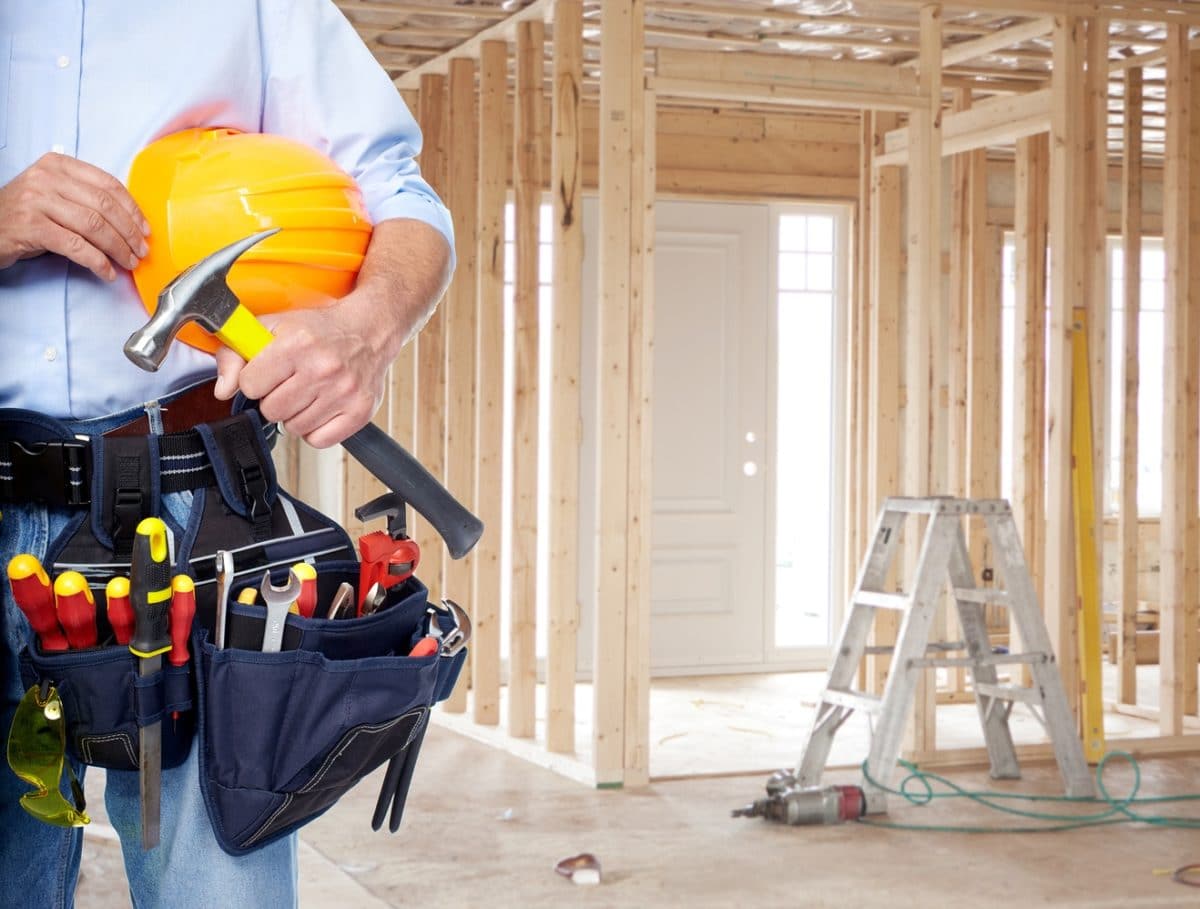Revamping Old Houses: Challenges and Answers
Updating antique houses is a process that combines respecting the history with the demands of current living. These homes are often steeped in rich tradition, showcasing distinct architectural details that reflect the time in which they were built. However, undertaking building upgrades in these treasured structures presents a unique set of obstacles.
From navigating rigid preservation rules to managing outdated plumbing and electrical infrastructures, homeowners and contractors must be prepared for an intricate process. It often requires a delicate balance between preserving the home's essence and meeting contemporary safety regulations. Despite these obstacles, the rewards of restoring a historic home can be immense, creating a living space that not only celebrates its past but also serves the needs of today’s occupants.
Understanding Historical Preservation Laws
Historic conservation regulations function a essential function in the renovation of historic properties, guaranteeing that the architectural and heritage significance of these properties is kept. These laws can differ widely by location, often shaped by local, state, and national regulations. Familiarizing one’s self with these regulations is crucial for homeowners and contractors alike, as they dictate what alterations can be made and define rules for maintaining the original identity of the building.
When restoring a historical building, it is vital to assess whether the property is listed on a national or municipal historic registry. Listings typically come with certain requirements that must be followed during renovation projects. Homeowners may need to engage with preservation commissions or organizations that administer these laws to gain required permissions, rendering the process more complex than ordinary renovations. Understanding these conditions early on can assist simplify the renovation process and eliminate legal problems.
Moreover, compliance with preservation regulations often requires utilizing particular materials and approaches that align with the building's initial design. This care to specificity not only adds to the visual value of the home but also assists preserve the authenticity of the community's cultural story. Therefore, construction renovations with experts experienced in historic renovations can help steer through these regulations competently, ensuring that the restoration is both regulatory adherent and mindful of the property’s cultural significance.
Frequent Restoration Difficulties
Remodeling vintage houses frequently poses a particular series of challenges that can complicate construction work. One of the most major obstacles is complying with local heritage guidelines and standards. Each historic area may have varied rules regarding what can be changed, renovated, or swapped, which can restrict homeowners' options and timelines of projects. Understanding the laws can require extensive study and collaboration with heritage experts, making the preparation stage more demanding.

Another common issue involves the uncovering of unexpected difficulties within the structure. Antique homes may have structural issues, obsolete electrical systems, or pipes that does not meet current standards. As repairs advance, builders may identify unexpected problems that need quick attention and can lead to increased project expenses and deadlines. Homeowners must be equipped for these unexpected developments and have a modifiable budget to cover potential fixes.
In conclusion, sourcing materials that match the traditional elements of the vintage home can be a daunting task. Many historic homes feature special designs and materials that are no longer commonly available. Finding genuine materials can sometimes involve significant waiting periods and may involve custom manufacturing, which contributes to the overall challenge of the restoration. Balancing the need for genuineness with current effectiveness can create additional layers of complexity for those embarking on such initiatives.
Cutting-edge Strategies for Revitalization
In the journey of renovating heritage homes, new techniques have arisen to deal with frequent problems. One method is the application of advanced materials that replicate historical elements while providing improved durability and energy efficiency. For example, composite wood sidings can replicate the aesthetic of historic timber while demanding less maintenance and fighting rot. By blending modern technology with timeless aesthetics, renovators can sustain the character of a home while satisfying contemporary standards.
Another effective solution lies in the application of eco-friendly systems designed specifically for historic structures. Upgrading heating, ventilation, and air conditioning (HVAC) systems can drastically improve a home's performance without jeopardizing its historical integrity. Ductless mini-split systems, for instance, offer heating and cooling choices that require little alterations to the building's architecture, preserving original ceilings and walls while providing comfort throughout the seasons.
Finally, incorporating smart home technology has demonstrated beneficial in preserving heritage homes. Smart thermostats, lighting systems, and security features can be seamlessly integrated into these properties, enabling homeowners to enjoy modern conveniences without taking away from the heritage essence of their residences. This integration assures that while the homes keep their charm and character, they also compete successfully in today's market by delivering sustainability and convenience.